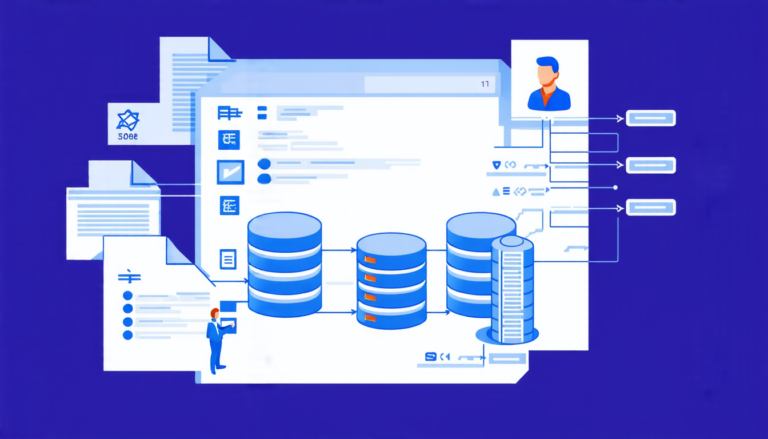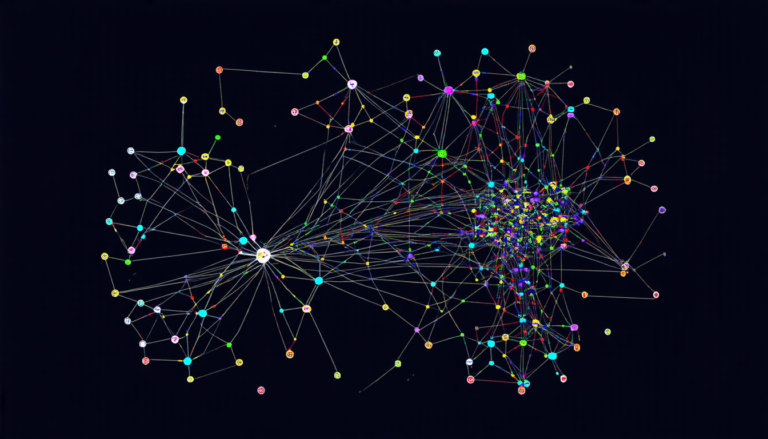Monday 25 August 2025
The quest for seamless communication in a world where data is king has led researchers to develop innovative solutions. One such solution is over-the-air computation, which enables devices to perform calculations without needing to transmit massive amounts of data. This breakthrough has far-reaching implications for mobile internet and interconnected systems.
Federated learning, a decentralized training paradigm, is gaining popularity as it allows for the sharing of sensitive data while maintaining user privacy. However, this approach poses challenges in terms of communication efficiency and inference accuracy. To address these issues, scientists have proposed an integrated approach to user scheduling and receive beam steering.
The concept revolves around selecting a subset of users to participate in each training round, taking into account constraints on the number of selected users and transmit power. By leveraging the difference-of-convex technique, researchers have decomposed the primal non-convex optimization problem into two sub-problems, yielding an iterative solution.
While this approach is effective, its computational load hinders practical implementation. To overcome this limitation, scientists have proposed a low-complexity user scheduling policy based on characteristic analysis of the wireless channel. This method enables direct determination of the user subset without iteration, making it more feasible for real-world applications.
Extensive experiments have validated the superiority of this integrated approach in terms of aggregation error and learning performance compared to existing methods. The results demonstrate the potential of over-the-air computation to revolutionize data transmission and processing in mobile IoT networks.
The significance of this research extends beyond the realm of technology, as it has the potential to transform various industries that rely heavily on data sharing and processing. For instance, healthcare professionals could utilize this technology to securely transmit patient data, while financial institutions could leverage it for secure transactions.
Furthermore, the development of over-the-air computation may also pave the way for more efficient communication in areas with limited connectivity, such as rural or disaster-stricken regions. As researchers continue to refine and expand upon this concept, we can expect to see a significant impact on our daily lives.
The integration of user scheduling and receive beam steering has opened up new avenues for innovation, and it will be exciting to see how this technology evolves in the coming years. With its potential to transform industries and improve connectivity, over-the-air computation is an area that warrants close attention from both researchers and policymakers alike.
Cite this article: “Unlocking Seamless Communication: Over-the-Air Computation Revolutionizes Data Transmission and Processing”, The Science Archive, 2025.
Over-The-Air Computation, Federated Learning, User Scheduling, Receive Beam Steering, Wireless Channel, Data Transmission, Mobile Iot Networks, Secure Transactions, Patient Data, Limited Connectivity.







